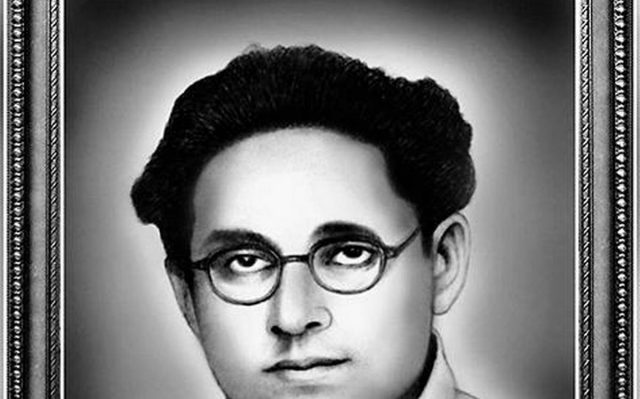
Not many may know about this great journalist from Bhagyanagar (Hyderabad) called Shoaibullah. His name, however, is to be added to the pantheon of great sons of India who sacrificed their lives in defence of the country and of dharma/truth.
Shoaib was born on 12th October 1920 in Mehboobabad in Warangal district of Telangana. His father was a police officer with the Railways and was patriotic to the core. His patriotism rubbed off on the young Shoaib too. Discussions about the freedom movement at home had a great impact on him. The sacrifice of revolutionary Ashfaqulla khan moved him a lot and Shoaib decided to take a plunge in the service of the nation.
Shoaib had been fond of writing since childhood. Very few Muslims, in those days, were able to get a good education. Shoaib, however, was again an exception and completed his graduation. Being a graduate, he could have got a good government job, but he had his mind set on becoming a journalist. In those days, there was a famous Urdu newspaper called ‘Rayat’ which used to be published by Sri Narasimha Rao. It used to openly criticise the British and the Nizam. Shoaib became a sub-editor here, earning a salary of fifty rupees a month.
These were the days when the Razakars were spreading terror across the Nizam state. The target of the Razakars were the Hindus. Looting, murder, violence, arson, rape, conversion was common for them. The then ruler, Nizam Osman Ali khan, also used to support the Razakars.
When India became independent on the 15th of August, the Nizam wanted his state, Hyderabad to either remain independent or join Pakistan. That 90% of the state’s population was Hindu and that they wanted to merge with India, was of no consequence to him. In pursuit of his goal of Independence or Pakistan, he actively supported the Razakars in all their atrocities.
The Arya Samaj and the Hindu Mahasabha organised and a strong movement against the Nizam and the Razakars. The Razakars had then adopted a strategy of calling Muslims from Bihar and Uttar Pradesh in large numbers and settling them in Hyderabad. Shoaib and the newspaper Rayat used to expose all this and hence the Nizam banned the newspaper itself.
Narsimha Rao and Shoaib did not lose courage and took out a newsletter called “Emrose” and started breathing even more fire through it. On 19th August, 1948, a Razakar’s conference was held at Zamrud theatre in Hyderabad wherein Qasim Rizvi, the head of Razakars threatened to chop off the hands of all those who were writing against them.
This was an open threat to Shoaib. Yet, Shoaib ignored this threat and carried a stinging criticism of this speech in the next edition of ‘Emrose.’ Enraged by this, the Razakars on the night of August 21, 1948 surrounded Shoaib and his brother in law, Rahmat, when they were returning home from work and fired on him from behind! When he fell to the ground, they cut-off both his hands with a sword. Rahmat too was not spared and the Razakars chopped off his one hand and one finger of the other hand. People brought the injured Shoaib home but he breathed his last in front of his mother, wife and daughter.
It was thanks in large measure to Rayat, Emrose and Shoaibullah that the massive atrocities and terror campaign of the Razakars got exposed and publicised. Sardar Patel, on 13th September, said enough was enough and sent the Indian Army to liberate the people of Hyderabad from the terror unleashed by the Nizam and the Razakars. This is when Hyderabad merged with India.
The Tricolor, the national flag of India was hoisted in Hyderabad on September 17, 1948. Sadly, however, Shoaibullah was not alive to see this day – a day for which he had fought valiantly and laid down his life.
Let’s remember this great son of Hyderabad and India and salute him and his contributions.
(21st August – Sacrifice Day)














